11 Pantry Staples You Should Replace More Often Than You Think
Have you ever wondered when you should toss those pantry staples sitting at the back of your shelf? Some items can hang around longer than you’d expect, but their quality fades with age. Replacing them more often can save you from flavorless meals or even health concerns. It is easy to ignore the expiration dates, but taking a moment to check on these staples is well worth it.
This post may contain affiliate links, which helps keep this content free. Please read our disclosure for more info.
Flour
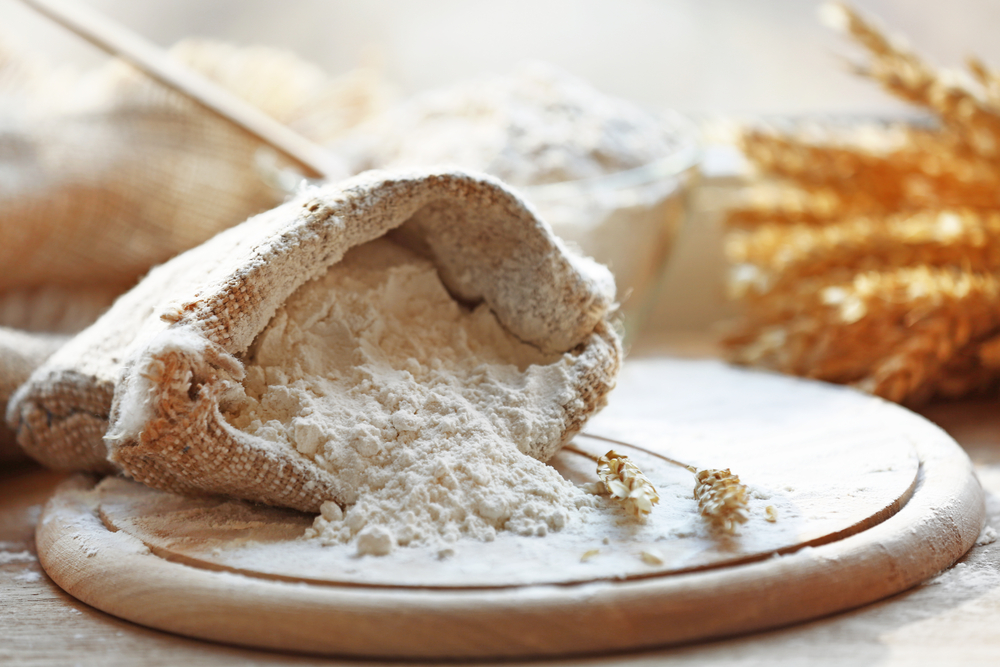
Flour is a pantry essential for baking and cooking, but it does not last forever. Over time, flour can lose its freshness, especially when exposed to air and moisture. Storing flour in an airtight container in a cool, dry place can help, but it still needs to be replaced regularly. The shelf life of all-purpose flour is around six months to a year, and specialty flours such as whole wheat or almond flour have even shorter shelf lives.
When flour starts to lose its freshness, it can develop an off taste and even attract pests. If you are not baking often, it is a good idea to buy smaller amounts to avoid having it sit in your pantry for too long. Flour that is past its prime will affect the texture and flavor of your baked goods. Replacing it often ensures that you are always using fresh, high-quality ingredients in your recipes.
Baking Soda
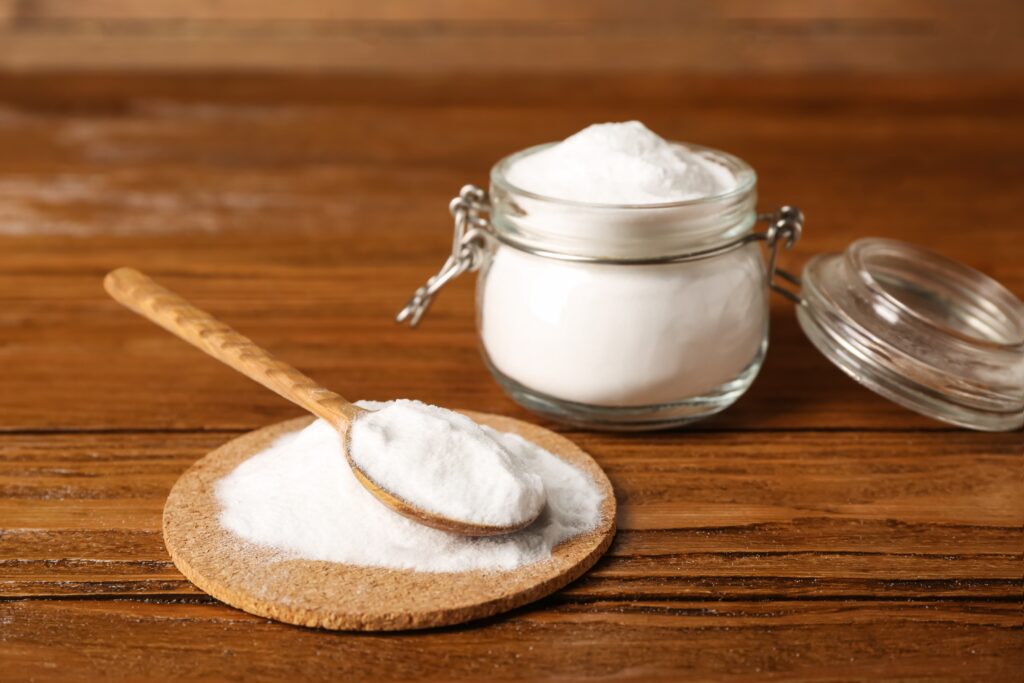
Baking soda is one of those pantry staples that has a long shelf life, but it still requires regular replacement. Over time, baking soda loses its effectiveness and can no longer provide the desired rise or leavening power in your baked goods. The open container allows it to absorb moisture and odors from the air, which can affect its potency. You should aim to replace your baking soda every six months to ensure it works as intended.
In addition to its role in baking, baking soda has many other uses around the house, such as cleaning and deodorizing. While its shelf life may seem long, its power to neutralize odors and act as a leavening agent diminishes with time. Regularly replacing baking soda in your pantry keeps it fresh and effective for all of its purposes. This simple habit will improve both your cooking and cleaning routines.
Spices
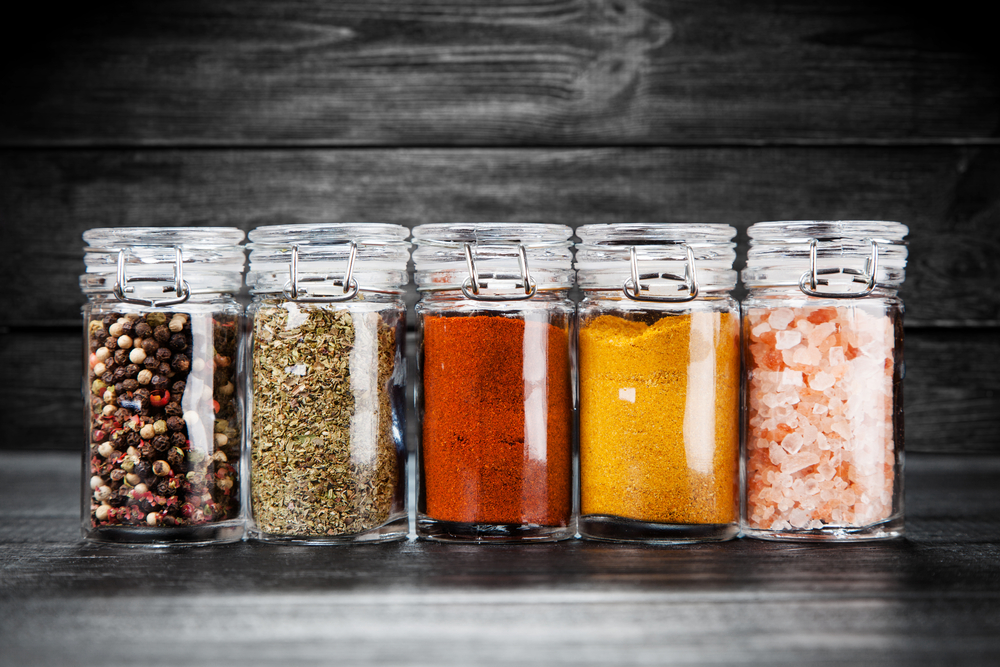
Spices are key to elevating the flavor of any dish, but they lose their potency over time. Ground spices, in particular, have a shorter shelf life than whole spices. After about six months to a year, ground spices start to lose their vibrant flavors and may even become stale. Whole spices last longer, but they too can lose their aroma and potency after a couple of years.
To keep your meals flavorful and fragrant, it is best to replace your spices regularly. Consider buying smaller amounts of spices to avoid having them sit unused in your pantry for too long. Storing spices in airtight containers and keeping them away from light and heat can help extend their shelf life. However, even with proper storage, replacing spices every year or so will ensure the best results in your cooking.
Honey
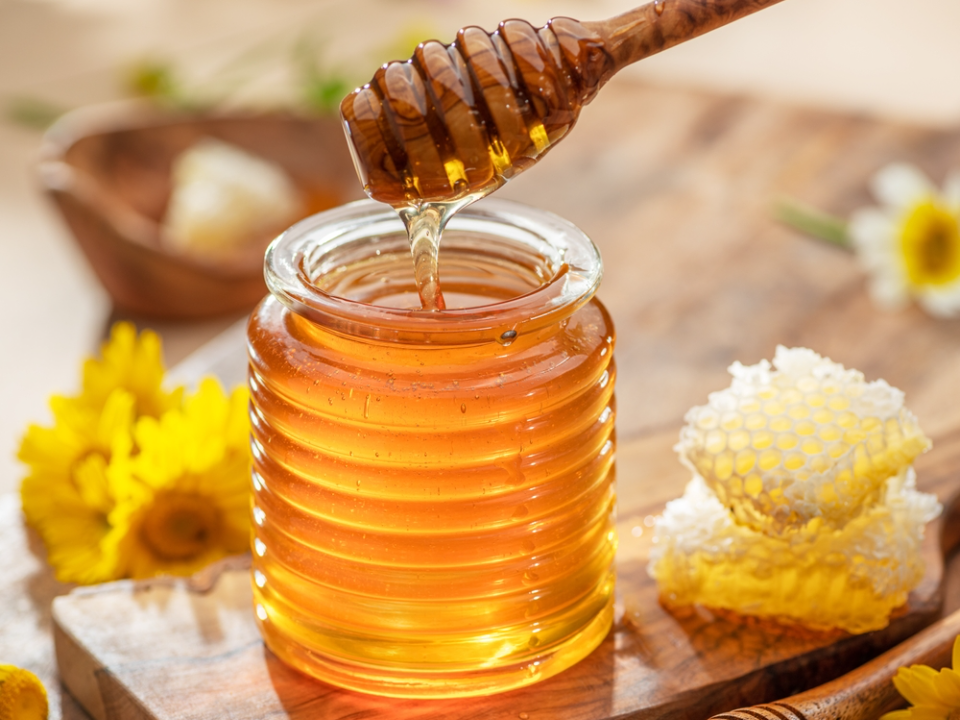
Honey is known for its long shelf life, but that does not mean it lasts indefinitely. While it is true that honey does not spoil due to its natural preservatives, its flavor and texture can change over time. If honey is stored improperly, it can crystallize or darken, making it less appealing. Although crystallized honey is safe to eat, it may not have the same smooth, pourable texture as fresh honey.
To maintain the best quality, replace your honey every year. If you notice any changes in its consistency or flavor, it may be time to get a fresh jar. Honey is sensitive to heat and light, so keeping it in a cool, dark place will help prolong its quality. By replacing it regularly, you ensure that you are always using the freshest, most flavorful honey for your recipes and sweetening needs.
Oils (Olive, Vegetable, Coconut)
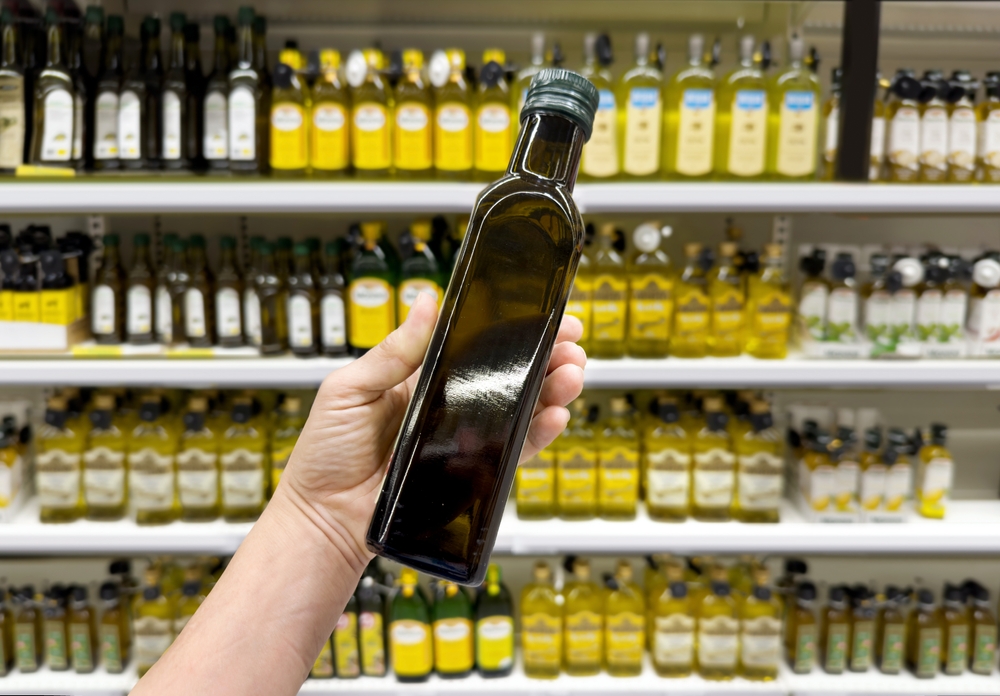
Oils are essential in the kitchen, but they can go rancid over time, especially if they are not stored properly. Olive oil, in particular, has a relatively short shelf life and is best used within six months to a year after opening. Vegetable oils and coconut oils may last a bit longer, but they can also lose their flavor and health benefits if kept for too long. Storing oils in a cool, dark place away from heat and light will help preserve their freshness, but replacing them regularly is still necessary.
Using old oil can result in unpleasant flavors and potentially harmful compounds, which is why it is essential to keep track of their shelf life. If your oil smells off or has changed color, it is time to replace it. By purchasing smaller bottles of oil or using it within a set timeframe, you will always have fresh oil on hand. This small habit will enhance the flavor and quality of your meals while maintaining your health.
Rice
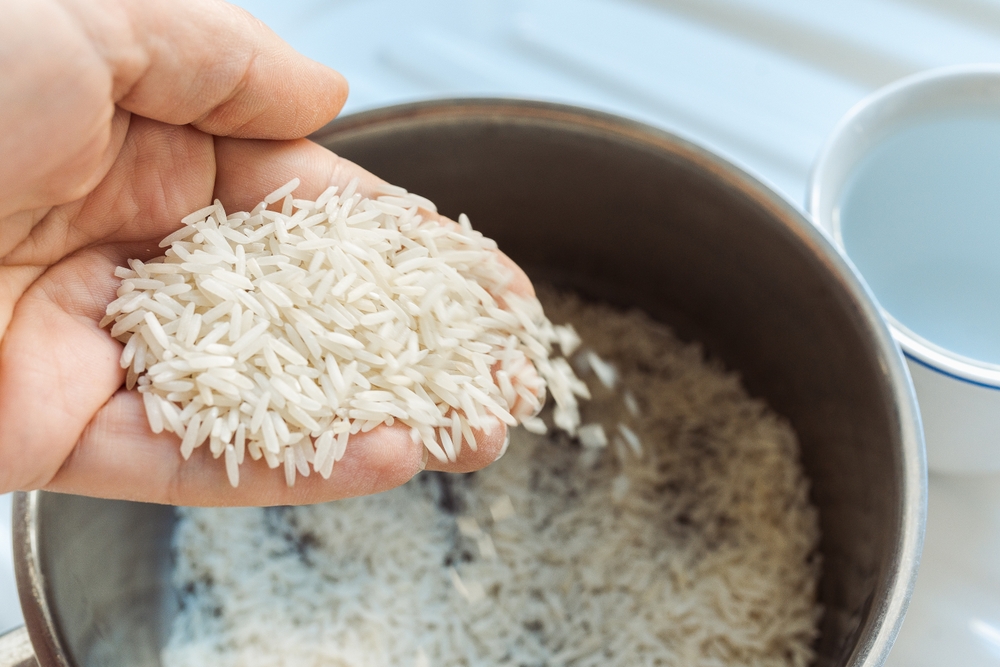
Rice is a pantry staple that can last a long time, but it is not immune to deterioration. Over time, rice, particularly white rice, can lose its flavor and texture. Brown rice has an even shorter shelf life due to its higher oil content, which makes it more prone to spoilage. Rice that is stored in airtight containers in a cool, dry place will last longer, but it is still best to replace it every 12 to 18 months.
When rice is left for too long, it can develop an off taste and may even attract bugs or mold. For the best results, replace your rice regularly to ensure it stays fresh and safe to consume. Purchasing smaller quantities of rice or rotating your stock will help you avoid waste while keeping your pantry stocked with fresh ingredients. Replacing rice often will improve the quality of your meals and ensure that your rice dishes always taste their best.
Canned Goods
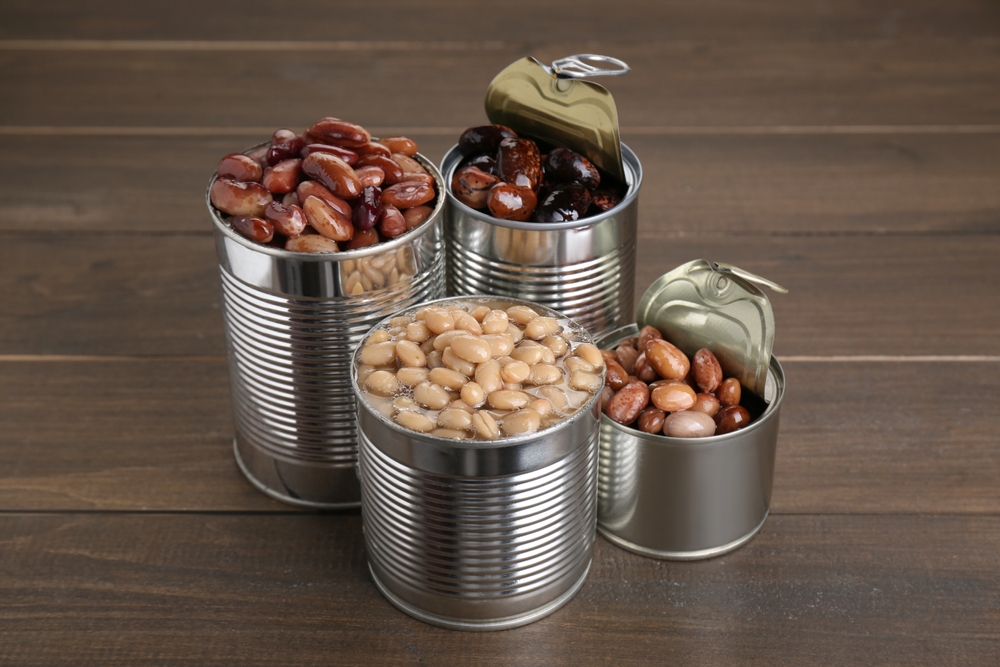
Canned goods are convenient and long-lasting, but they do not last forever. Over time, the quality of canned food can degrade, and the taste may suffer. The shelf life of most canned goods is about 1 to 5 years, depending on the item. After this period, cans can lose their nutritional value and flavor, making it important to replace them regularly.
Canned goods that are stored in a warm or humid environment are more likely to degrade quicker. To maintain the best quality, it is important to regularly check the expiration dates and replace items that are past their prime. While canned goods are convenient for emergency meals or quick recipes, rotating your stock ensures you always have fresh, high-quality options. Make it a habit to refresh your pantry with new cans to avoid disappointment in your meals.
Sugar
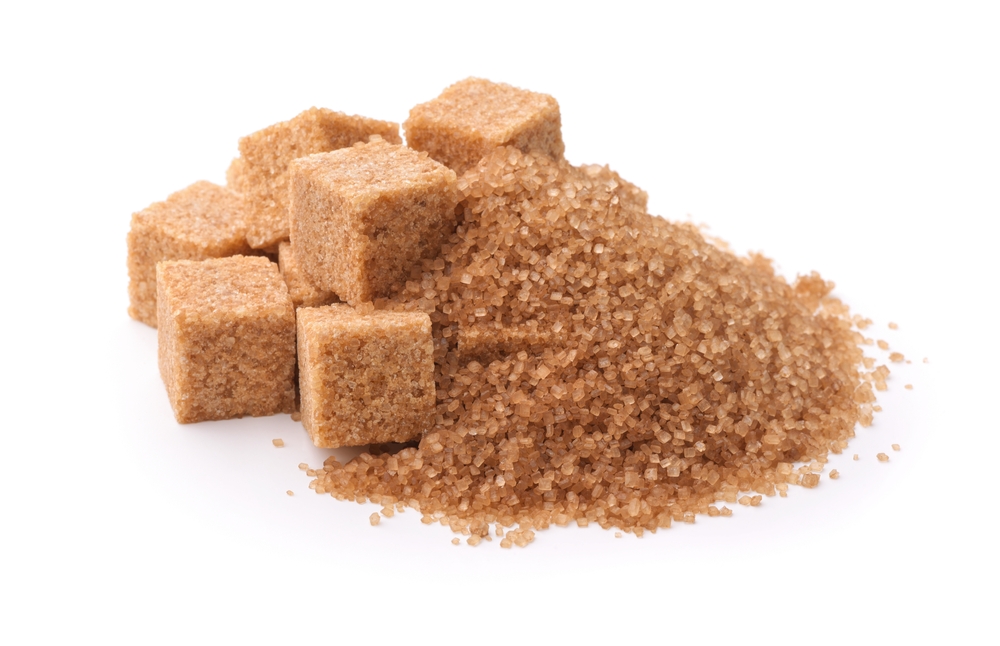
Sugar is a pantry staple that does not go bad in the traditional sense, but it can change in texture and clump over time. While granulated sugar, brown sugar, and powdered sugar do not spoil, they can absorb moisture and lose their ability to blend smoothly into recipes. Brown sugar, in particular, is prone to hardening, making it difficult to use unless properly stored in an airtight container.
It is best to replace your sugar every 12 to 18 months, especially if it has hardened or developed an off smell. Keeping sugar in a cool, dry place and in airtight containers can help maintain its freshness. However, regularly replacing sugar will ensure that you always have a smooth and easy-to-use ingredient for baking and cooking. This simple practice keeps your pantry organized and your recipes on point.
Pasta
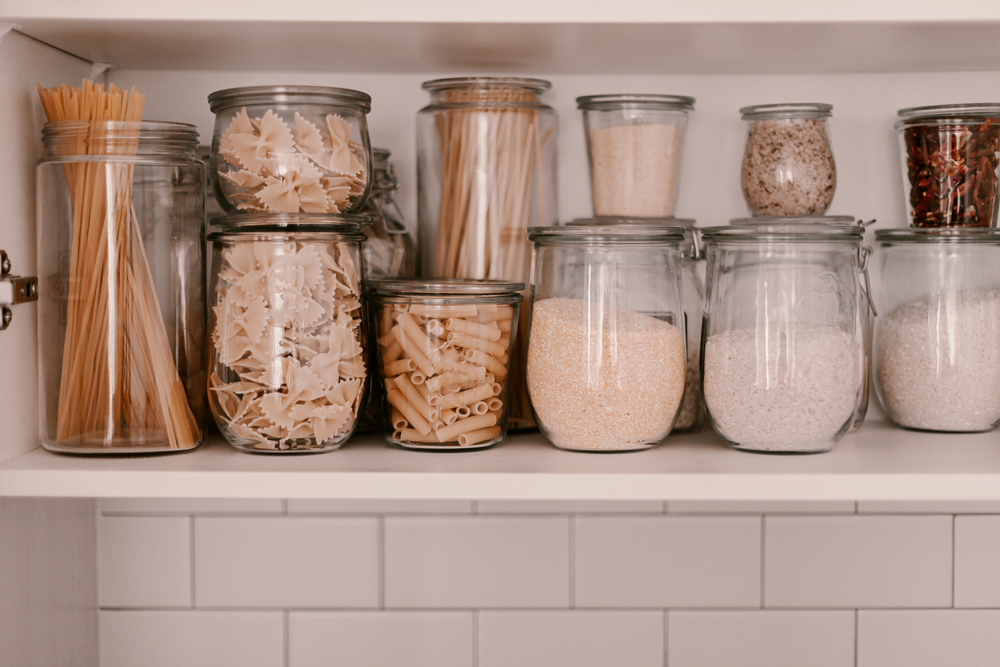
Pasta is another pantry staple with a relatively long shelf life, but it does not last forever. While dry pasta can last for up to two years, it can lose its flavor and texture as time passes. After being stored for too long, pasta may become brittle and can even absorb odors from other pantry items. Replacing pasta regularly ensures that you are always cooking with the freshest ingredients for the best results.
Pasta that has been stored improperly or for too long can also develop mold or become discolored. Replacing your pasta every 12 to 18 months is a simple way to ensure that your dishes always turn out well. Keep pasta in an airtight container to preserve its freshness and avoid contamination. By rotating your pasta stock, you will be able to enjoy better-tasting meals every time.
Cereal
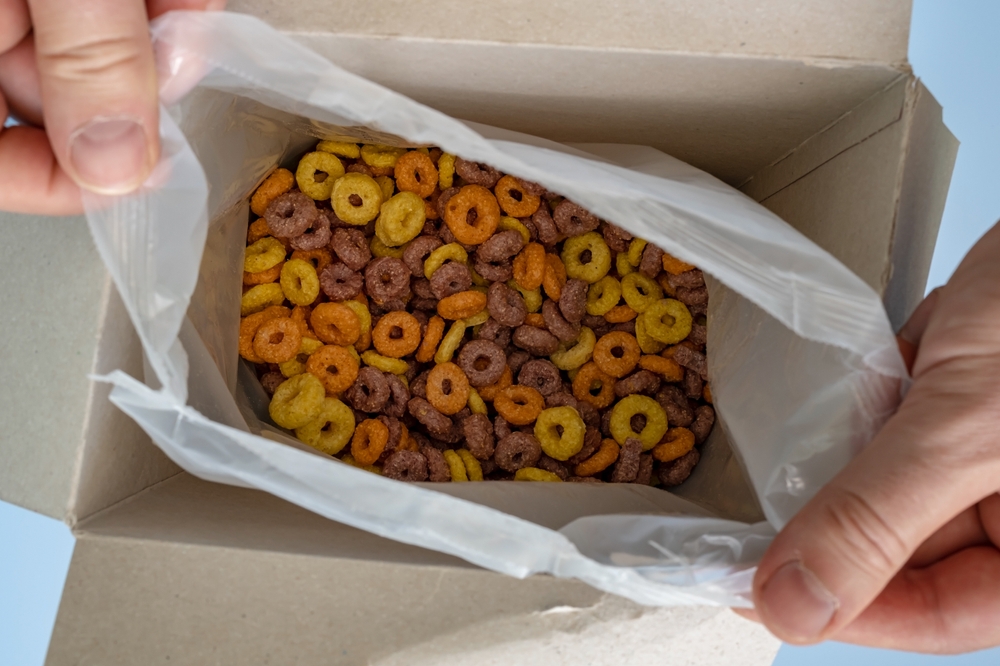
Cereal is a pantry staple that can lose its crunch and flavor over time. Even if it is stored in its original packaging, cereal can become stale once the box is opened. The shelf life of most cereals is about six months to a year, but its quality can diminish well before the expiration date. Replacing cereal regularly keeps it fresh and crisp, making it more enjoyable for breakfast or snacks.
Stale cereal can lose its nutritional value and become less appetizing. It is best to store cereal in airtight containers to help preserve its freshness, but it should still be replaced after several months. By keeping your pantry stocked with fresh cereal, you ensure that your morning routines start off right. A quick swap of your cereal box every few months can keep your pantry organized and your meals more enjoyable.
Salt
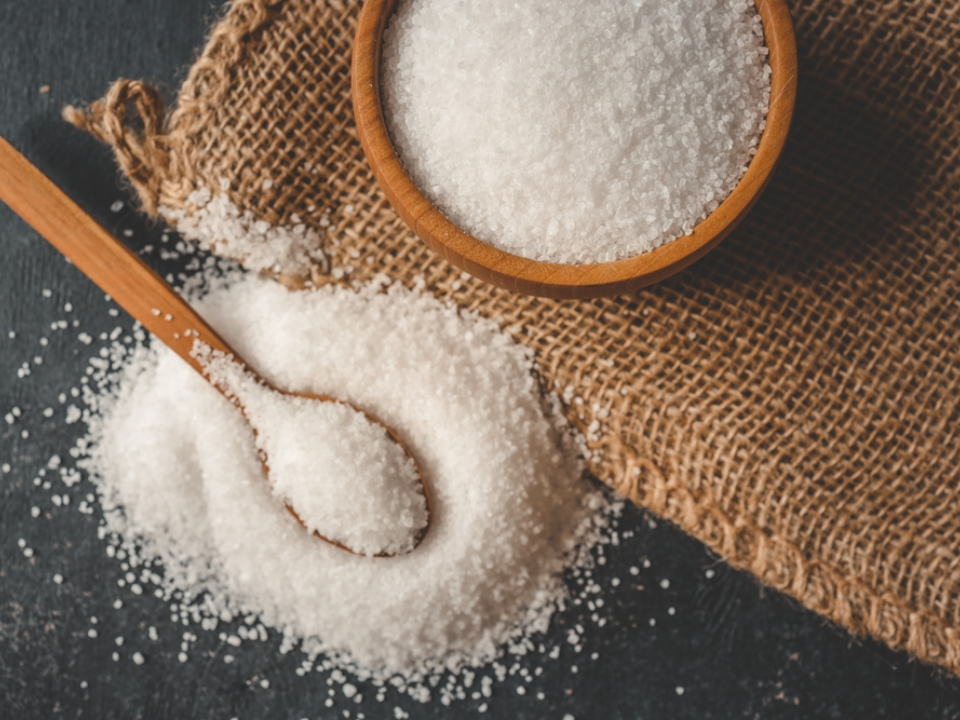
Salt is a pantry essential that lasts indefinitely, but its quality can diminish if not stored properly. Over time, salt can absorb moisture and odors from the environment, affecting its taste. While it does not spoil, it is important to replace salt if it becomes clumpy or loses its flavor. To maintain its quality, store salt in a cool, dry place away from moisture and direct sunlight.
Replacing salt every year or so ensures that you are always using a fresh, clean product in your cooking. Whether you use table salt, sea salt, or kosher salt, keeping it fresh will improve the flavor of your meals. It is easy to forget about salt, but a quick replacement will make sure your seasoning game stays strong. Storing salt properly and replacing it on occasion will keep your dishes flavorful and consistent.
This article originally appeared on Avocadu.
